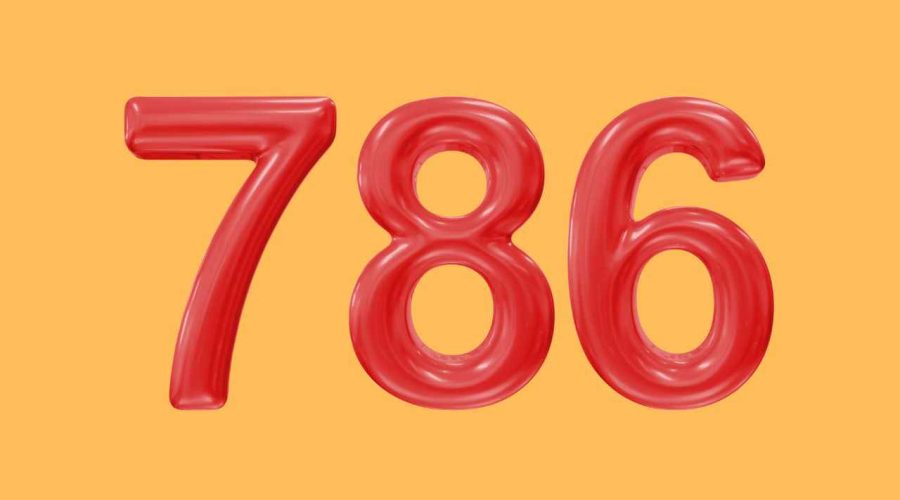All You Need to Know about “786” – Mystery Uncovered
Humans are quite curious creatures; we hold to all the notions that are in some way connected to religion. It is a fact that you must concur with every part of a religion in order to practice it. Whether or not something is logically true, you still need to respect it.
Every religion has various rites, practices, truths, and even certain numbers that are crucial in distinguishing that particular religion. One of them is “786,” which Muslims consider to be a holy number.
Importance of 786 in Islam
The first words of the Holy Quran, “Bismillah al-Rahman al-Rahim,” are represented by the Arabic number 786. “In the name of Allah, the Most Merciful, the Most Beneficent,” is how it is translated. 786 is mostly derived from the Arabic “Abjad” number sequence.
Most people associate the number 786 with luck or holiness on the Indian subcontinent, regardless of their religious affiliation. However, the majority of Muslims will be unable to explain what the number 786 represents or how it came to be. We must believe in it simply because our forefathers thought it to be a holy number.
Islamic Numbering Order
The Arabic alphabet’s numerical order, which serves as a substitute for the name of Allah, is the source of the number 786. The alphabet in English has 26 letters from A to Z. If you put these letters in numerical order, A would be number 1, B would be number 2, C would be number 3, and so on until Z, which would be number 26, at the end.
The Arabic alphabet is organized similarly, with Alif being assigned the number 1 and Ghayn being assigned the number 1000. The arrangement of the alphabet is known as abjad.
Representation of phrase “Bismillah al-Rahman al-Rahim” in numerical form using this abjad system :-
Baa: 2
Seen: 60
Meem: 40
Alif: 1
Laam: 30
Laam: 30
Haa (Small): 5
Alif: 1
Laam: 30
Raa: 200
Haa (big): 8
Meem: 40
Noon: 50
Alif: 1
Laam: 30
Raa: 200
Haa (big): 8
Yaa: 10
Meem: 40
These numerical values add up to a total of 786 when added together. This is how the phrase “Bismillah al-Rahman al-Rahim” is expressed in numerical form using this number.
But in Islam, using numerology or organizing numbers is totally forbidden. While a portion of Muslims agree with the idea behind the number 786 and regard it as a sacred number. Even though, a lot of people are vehemently opposed to it since they consider it to be “Haram”
Importance of 786 in Hinduism
The Hindu gods Brahma, Vishnu, and Maheshwara are represented by the number 786, or “Trimurti” in their religion. Brahma is the Trimurti associated with the number 7 who is the best. Lord Shiva, also known as “the destroyer of evil and transformer,” is associated with the number 6. As a result, number 6 also represents Lord Vishu, also known as “The Preserver.”
Followers of Vedic dharma believe that 786 signifies “OM” has a relation to Kabbalah. In one of the books of Rafael Patai, he says that there are a few similarities between Tantra and Kabbalah which give an indication that the number 786 gets originated from Hinduism.
There are 3 Lokas in Hinduism, Swarg Lok (heaven), Prithvi Lok (earth), and Patal Lok (below the earth). Number 7 is related to heaven where Inder Dev lives. It is also believed that any human who follows good deeds will get a place in heaven with Inder Dev.
Prithvi Lok, or Earth, is associated with the number 8. It is also called Mirtyu Lok which means the world of death. In contrast to the Swarg Lok, it signifies that everyone who is born on Earth must experience death at some point. While number 6 relates to Patal Lok which means the surface below the earth. It symbolizes the area inhabited by the Nagas and ruled by the Vasuki (serpent-headed demons).

